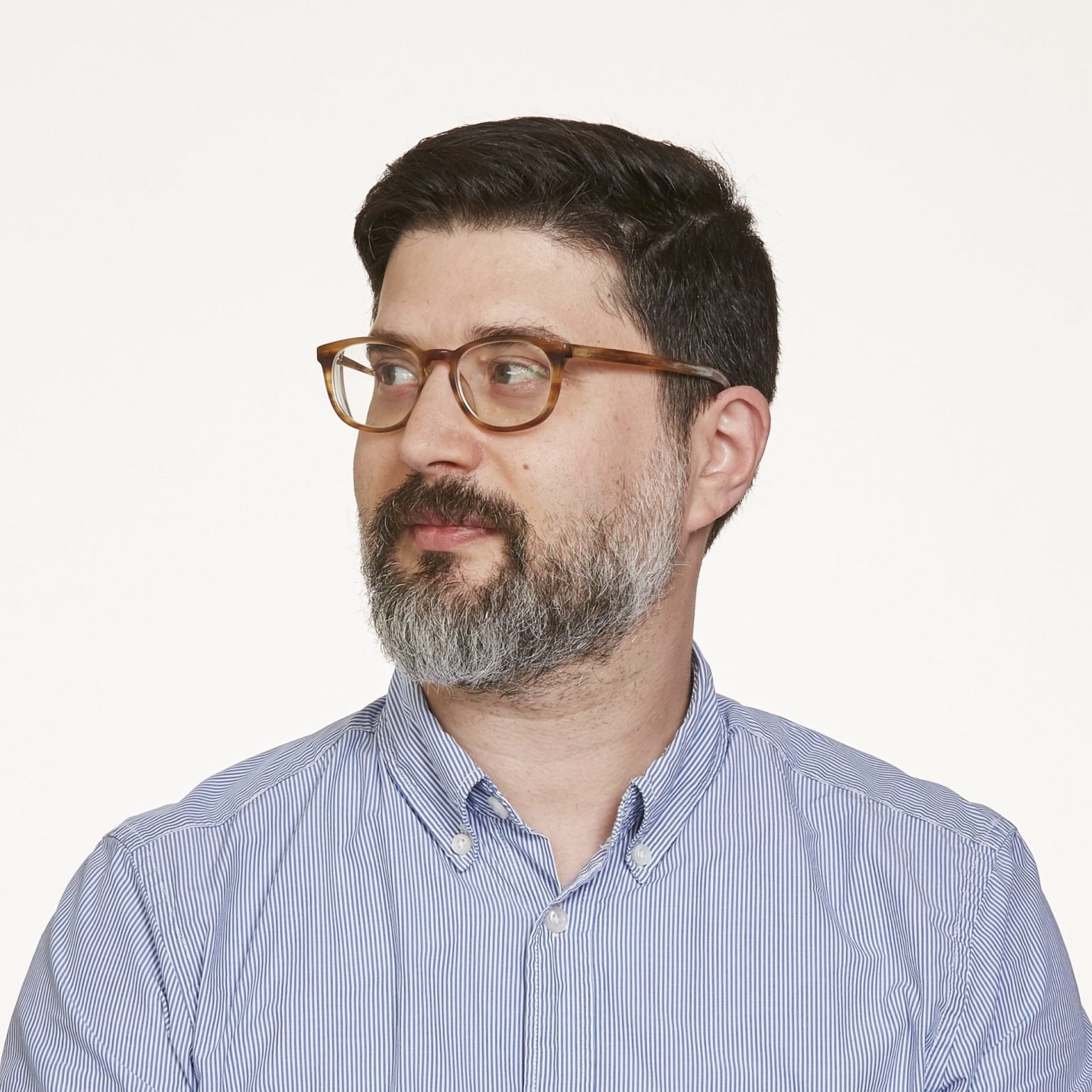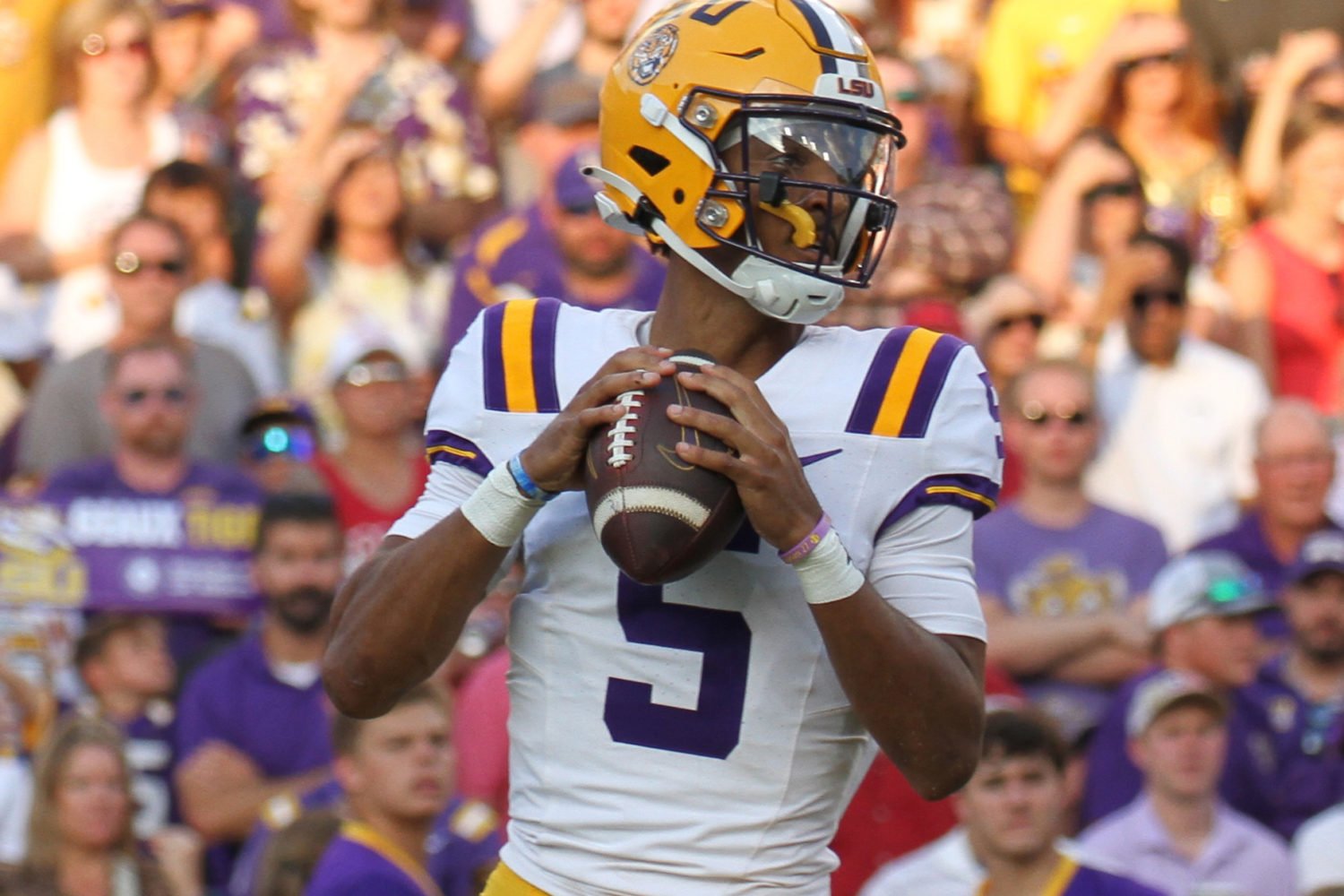Working at the National Zoo certainly has its perks. Most people end a stressful day with some exercise or a glass of wine. Brandie Smith gets to cuddle with a tenrec. “If I was having a rough day or week, I would go to our Small Mammal House,” she says. (Smith has stopped doing these sessions during the pandemic.) “It looks like a hedgehog. Their belly is super-soft, and when you hold them, they’ll flatten against your hand as they seek the warmth.” If everyone had access to such comforts, the world would be a happier place. “A tenrec in every hand,” she says with a laugh.
Smith—who grew up in rural Pennsylvania and has a PhD from the University of Maryland—was an intern at the zoo in the 1990s, then returned in 2008 as the senior curator for mammals. Last fall, she was named director of the Smithsonian’s National Zoo and Conservation Biology Institute, overseeing both the Connecticut Avenue zoo and a larger facility in Virginia. Now she spends more time behind a desk than mingling with the critters, but the thrill of exploring the animal world has never faded.
I’ve been going to the zoo since I was a kid, and I still love it. What is it about watching animals—even when they aren’t doing all that much—that is so compelling?
We as a species are connected to other species. When people view things that fill them with awe—whether it’s awe because it’s adorable or because it’s a little scary and creepy or because it’s just immense or tiny—you actually have a biochemical reaction. When people come to the zoo, they have those moments of awe, moments of joy. And they have them with other people—with their kids or their spouse or friends or a date. Almost every person can tell a story of being in a zoo and having an incredibly memorable experience.
What is that story for you?
I grew up in western Pennsylvania, and so my experience was at the Pittsburgh Zoo. I’ll never forget being there and seeing polar bears. Their coats have a green tinge, which comes from the algae that live in their fur. I remember needing to know more about it; I was inspired not just by these animals but by the need to know more. But also what I remember about that experience is that I had it with my family and with my father. My father passed away about 15 years ago, and I still remember those moments. That’s why I always look at zoos not just as people with animals but as people with other people.
There’s something about animals that sort of gets around our natural cynicism.
When you can see animals and smell them and hear them, there really is a power in that moment up close. We have a male elephant at the zoo named Spike. When I’m talking to an elephant keeper and Spike will walk by, I still just have to pause and look up and be in awe at the magnificence of this massive animal.
And there’s something about the fact that they can see you that’s kind of powerful.
There’s an orangutan who lives in our Great Ape House. Her name is Lucy. And, you know, Lucy and I have a connection. Or I have a connection to Lucy—I’m hoping she has a connection to me. When I go in there, she always notices me and she’ll come over. So I know I am seeing her, but you’re right: I also know that she is seeing me. There’s something incredible about those moments.
When you were in college, you were planning a career as a doctor, but one day you picked up the phone and cold-called the Pittsburgh Zoo. Why did you do that?
I was from a small town, and I always thought that being a zookeeper seemed unattainable. It’s like being an astronaut or a rock star or, you know, a ballerina. But this moment of passion overrode my common sense for a second, and that’s why I made that phone call. The dream was always in the back of my head—not just working with animals but specifically working at zoos. And I thought: Why not take a chance?
The woman who answered the phone said, “Well, the head of conservation and research has been looking for interns.” She connected me, and he picked up his phone. He said, “You know what? You took the initiative to call, and I’m going to interview you right now.” I got the job.
Your whole life would have been different if you hadn’t done that.
It absolutely would have. The idea of taking a chance, taking the initiative and being rewarded for that, of trying to be fearless—that is something that’s stood me in good stead throughout my life.
You have been very involved with the zoo’s recent successes with panda breeding. What is it like being there for the birth of a panda?
You have to be prepared for anything. As she’s nearing the birth window, we are there 24 hours a day. She is a large carnivore—they have jaws and teeth that are very strong, and they could snap a femur as easily as a piece of bamboo. So we treat her with the respect that you would treat a large, dangerous animal. What we do in advance is try to prepare for an intervention if it needs to happen. For example, in the months that lead up to the breeding and birth, we introduce the tools of intervention to her so they’re familiar. We had kind of a lacrosse stick with a little net that could scoop a cub.
A cub scooper!
I don’t think we ever used it, but you think through the process. If we have to get to the cub, what are some of the safest ways that we can do that? Can we do things to distract her teeth or her claws so that it gives you a few minutes to reach in, grab the cub, and get back out? We had a whole team and a planned response. You have to plan for every eventuality, counter-eventuality, other eventuality. When you work with animals, especially large, dangerous carnivores, there is always risk. Safety is a real thing with our keepers every day.
During the birth, is there room in your brain to have an emotional response?
Oh, absolutely. Because you’re in the panda house for days. You’re in there, you’re working, you’re not sleeping. This is a team of people who are living together to help make this miracle happen. It’s a joy to bring an endangered species into the world, to create one more panda. And it’s a joy for Mei Xiang, because she gets to be a mother to her cub. And so you are celebrating the birth of a miracle with these people you are just working so closely with. It’s a big emotional response.
Is there any downside to the pandas’ popularity? Do you ever want to stand with a bullhorn and yell at visitors to go check out, like, those awesome sloths?
There’s never a downside to their popularity. But to what you said secondly, yes: I want people to feel the same way about sloths and hellbenders and prairie dogs as they feel about giant pandas. I don’t begrudge the pandas any of their popularity. But I would love to replicate that for every single species at the zoo.
I can sit there and watch those prairie dogs all day. I guess it’s the way they stand up.
It is! And this goes to the question you asked me originally. There is a physical response when you see things that inspire you. When you see those animals—it’s hard to explain, but when you have those moments, you feel it. You feel it in your heart.
A big part of what the zoo does happens in Front Royal, at the Smithsonian Conservation Biology Institute, which is usually open to the public only one day a year. What goes on there?
It’s home to a lot of our scientists. But we also have animals. The zoo’s only about [165] acres in Rock Creek [roughly half of which are developed], so we can only do so much there. Our facility in Front Royal has 3,200 acres. There’s space to have animals that thrive in those situations. For example, our cheetah-breeding facilities are there. One thing we have learned about cheetahs is that the females like to choose their males. In Front Royal, because we have so much space, we can have more animals. We walk the boys by the female cheetahs and look at their reaction.
It’s Tinder for cheetahs. With animal conservation, sometimes people don’t like to think about it because it’s depressing. Tell me a success story.
One of the things we try to do with the zoo is to break down conservation into actions that people can take. For example, with birds, turn out your lights at night, put decals on your glass that will prevent bird strikes, keep your cats in. Conservation success stories—we can talk about pandas because most large carnivores’ habitats are being destroyed around the world at a rapid rate. Most populations are going down. Giant-panda numbers are going up—because of people’s passion for this species, because they come to the zoo and buy stuffed pandas or a panda T-shirt and we take that money and put it directly into conservation.
Switching to a different kind of panda: I know you were involved in tracking down Rusty, the red panda who got a ton of attention when he escaped in 2013. What went through your mind during the saga of the escaped zebras last year?
I don’t know anything about that facility or the conditions in which the animals are kept. But for me, on one hand, it was watching them and hoping that the zebras were brought home safe and sound. On the other, it was pretty amazing: You would think it would be easy to find zebras and bring them back in. It was these animals surviving in Maryland—just kind of a testament to these animals as a species.
Zoos have very detailed standards to make sure it’s safe for the animals, for the keepers, for the public: how high a fence should be, should there be a turn-back at the top, should we put a dig barrier in the bottom. But with animals, you are always learning things that surprise you. With Rusty the red panda, we were meeting all of the standards. Rusty was a juvenile male, and juvenile males of most species tend to be the most risk-philic. Rusty took a leap that was heretofore unheard-of in pandas—we assumed. He did something that we did not think was possible in the species. So we learned a little bit more about red pandas, and we adjusted.
It’s funny with animal escapes—everybody knows they’re in danger out in the community, but people kind of root for them when they’re making a break for it.
Rusty wasn’t having a good time out in Adams Morgan. He was scared. We had an incident with a bobcat. She managed to get out of her enclosure. When we found her, she had come back to zoo grounds and just waited. We opened up our transport carrier, and she just walked in! We create environments where these animals have all of their needs met, where we make sure they’re happy. So I get what you’re saying, but I also want people to understand what incredible care we take of our animals. Like, you know your dog or your cat is happy. We know our animals are happy because of the way we interact with them every day.
This article appears in the March 2022 issue of Washingtonian.



















